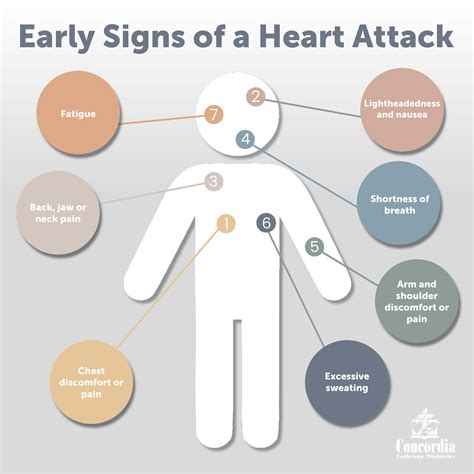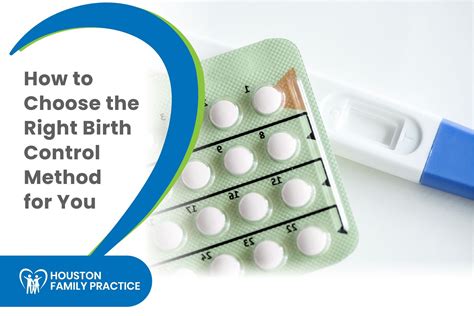When it comes to heart health, women often experience different symptoms than men, and these symptoms can be subtle, making them easy to overlook. The importance of recognizing these signs cannot be overstated, as early detection is crucial for effective treatment and survival. Heart attacks in women can be particularly dangerous due to delayed recognition and treatment. Understanding the unique indicators of a heart attack in women is the first step towards ensuring timely medical intervention.
Unconventional Signs of a Heart Attack in Women
Chest Discomfort or Pain: While chest pain is a well-known symptom of heart attacks, women may experience it differently. Instead of a sharp pain, women might feel a squeezing, fullness, or pressure in the chest. This discomfort may come and go.
Pain in the Arm, Back, Neck, Jaw, or Stomach: Women are more likely to experience pain in these areas during a heart attack. The pain can be severe and is often confused with other conditions, leading to delays in seeking medical help.
Shortness of Breath: Difficulty breathing or feeling winded even when at rest or doing light physical activity can be a symptom of a heart attack. Women may experience this symptom without any chest discomfort.
Cold Sweats: Breaking out in a cold sweat, feeling clammy, or experiencing nausea and vomiting are common in women experiencing a heart attack. These symptoms can resemble those of the flu or other common ailments, making them easy to dismiss.
Fatigue: Unusual or extreme tiredness that lasts for days is a significant symptom. Women might find it difficult to perform daily activities due to feeling extremely weak or tired, which is not relieved by rest.
Lightheadedness or Dizziness: Feeling faint or dizzy can occur due to the heart not pumping enough blood. Women experiencing these symptoms should seek immediate medical attention.
Panic or Anxiety: Some women might experience a sense of panic or anxiety without an apparent cause. This feeling can precede a heart attack and is often accompanied by a racing heart.
The Importance of Early Detection
Recognizing these signs early can significantly improve outcomes for women experiencing heart attacks. Delaying medical treatment can lead to more severe damage to the heart muscle, which increases the risk of complications and death. Women should trust their instincts; if they feel that something is wrong, they should not hesitate to seek medical help.
Steps to Take
If you or someone you know is experiencing these symptoms, follow these steps:
- Call Emergency Services Immediately: Do not delay in calling for emergency medical services if you suspect a heart attack. Prompt treatment can save lives.
- Stay Calm: While waiting for medical help, stay as calm as possible and follow any instructions given by the emergency operator.
- Seek Medical Attention Even If Symptoms Seem Mild: It’s crucial to get checked out even if the symptoms seem minor or disappear. Some heart attacks are mild, but they can still cause damage to the heart.
Prevention and Awareness
Preventing heart disease involves adopting a healthy lifestyle, including a balanced diet, regular physical activity, maintaining a healthy weight, managing stress, and not smoking. Regular check-ups with a healthcare provider can help identify risk factors for heart disease early on, allowing for interventions that can prevent a heart attack.
Conclusion
Heart attacks in women can be subtle and deadly, making awareness and recognition of the signs critical for early intervention. By understanding the unique symptoms women experience and taking prompt action, we can reduce the risk of heart attack-related deaths and improve heart health outcomes for women worldwide. Always prioritize heart health and seek medical attention at the first sign of trouble.
Key Points to Remember
- Women’s heart attack symptoms can be different from men’s and may include discomfort in the chest, arm, back, neck, jaw, or stomach, shortness of breath, cold sweats, fatigue, lightheadedness, and panic or anxiety.
- Early detection is crucial for treatment and survival.
- Trust your instincts and seek immediate medical help if you suspect a heart attack.
What are the most common symptoms of a heart attack in women that are different from men?
+While chest pain is common, women are more likely to experience heart attack symptoms without chest pain, such as shortness of breath, pain in the arm, back, neck, jaw, or stomach, and cold sweats. These symptoms can be subtle and easy to overlook, making them particularly dangerous.
Why is early detection of heart attacks in women so important?
+Early detection is crucial because it allows for prompt medical treatment, which can significantly reduce the risk of death and complications. Delaying treatment can lead to more severe heart damage, emphasizing the need for women to recognize symptoms early and seek immediate medical attention.
How can women reduce their risk of having a heart attack?
+Women can reduce their risk of having a heart attack by adopting a healthy lifestyle that includes a balanced diet, regular physical activity, maintaining a healthy weight, managing stress, and not smoking. Regular check-ups with a healthcare provider can also help identify risk factors early, allowing for preventive measures.
What should I do if I think I or someone else is having a heart attack?
+If you suspect a heart attack, call emergency services immediately. Do not delay, as prompt treatment can save lives. Stay calm and follow any instructions given by the emergency operator while waiting for help to arrive.
Can heart attacks in women be mild, and if so, how do they differ from more severe attacks?
+Yes, some heart attacks can be mild, often referred to as a “silent” heart attack. These may not present with the obvious symptoms typically associated with a heart attack but can still cause damage to the heart muscle. Even if symptoms seem mild or disappear, it’s essential to seek medical attention to prevent further damage.



